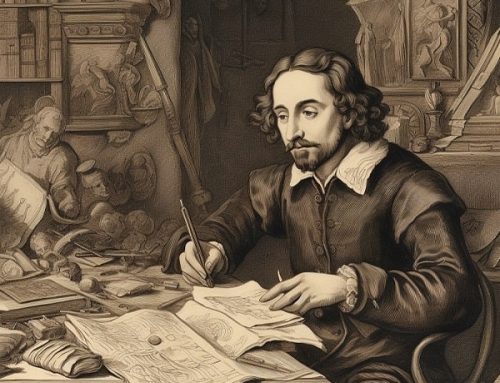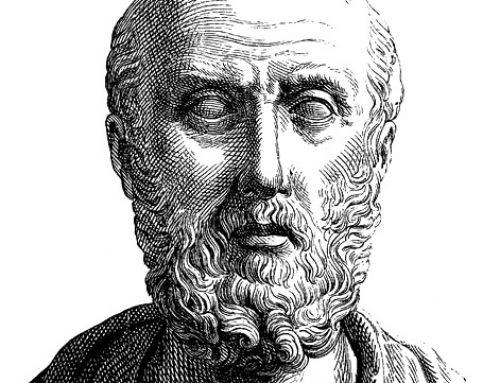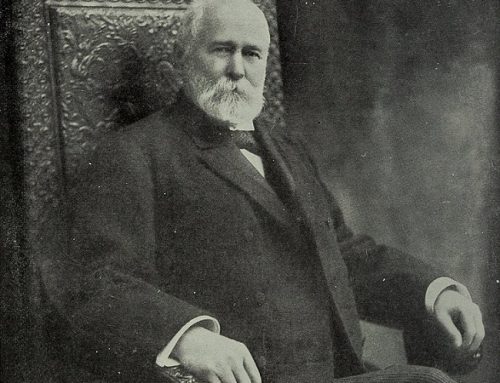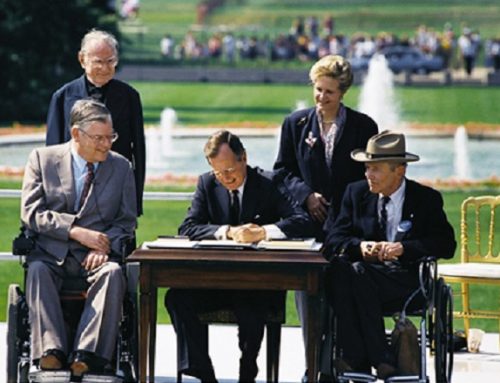Alice Hamilton was a trailblazing female doctor who contributed immensely to the study of occupational diseases and founded the first industrial hygiene department in the United States.
Born in 1862, Alice Hamilton studied medicine at Cornell University. She graduated with an MD degree in 1894. Alice was among the first generation of women doctors, which she became aware of when she applied for a hospital internship. She was denied because “the hospital’s policy required that all interns be male”. Alice had to settle for an internship at Johns Hopkins where she became one of America’s first female doctors who defied societal norms by pursuing a career in medicine. After completing her internship at Johns Hopkins, Alice accepted a position as resident physician at St Joseph’s Infirmary which worked with tuberculosis patients and it provided her
Alice Hamilton was the first woman appointed to the faculty of Harvard University. She is also considered one of the best female chemists in America. Hamilton is known for her contributions to America’s cleaner air, including her work on lead poisoning. She was instrumental in persuading automobile manufacturers to reduce their use of lead in gasoline and she helped develop standards for safe levels of lead in paint used on walls and other surfaces inside homes.
Education and Professional Life of Alice Hamilton
Through her work, Alice Hamilton helped to establish the study of occupational medicine in the United States. She conducted the first study of an industrial workplace and its health effects on workers. Hamilton was born in 1869 to a successful family of wealthy Bostonians. Her father was an architect and her mother had studied painting with Ralph Waldo Emerson. Alice spent much of her youth living in Europe with her family. She attended Wellesley College for two years before transferring to Cornell University, where she earned a degree in chemistry and physics. Hamilton’s studies were valuable because she was one of few women at that time whose education included both chemistry and medicine. Hamilton married another doctor, George Gordon, who became chairman of medicine at Johns Hopkins University School of Medicine after she graduated from Cornell University with a
The Legacy That Alice Hamilton Left Behind After Her Death
Alice Hamilton was a doctor and a pioneer of occupational medicine. She got sick from handling mercury and died before she could see the medical advances that her research would eventually make possible. Hamilton’s work with coal miners led to the development of the first industrial hygiene laboratory in the United States, one that became a model for similar labs around the world.
Dr. Hamilton realized that very little was known about occupational diseases in the U.S. so in 1908 she published her first article about the topic and soon became an authority on this subject. Starting in 1910, initially under the aegis of a commission of the State of Illinois, and later the Federal Bureau of Labor Statistics, she explored occupational disorders and their social consequences. Relying primarily on “shoe leather epidemiology” and the emerging laboratory science of toxicology, she pioneered occupational epidemiology and industrial hygiene in the United States. She found some persuasive evidence on the harms of occupational exposure to chemicals, leading to voluntary and regulatory changes that have improved the health of workers. Her most famous investigations were into the effects of carbon monoxide poisoning among steel workers, mercury poisoning among milliners (hat makers) and an eye abnormality among stonecutters. This author’s field investigations have influenced the practice of occupational health. Through her adherence to research protocols, she made a lasting impact. These include the need for an accurate definition of the problem, a complete understanding of the process, and on-the-spot reporting of findings and recommendations.










